- Celebrating Over 15 Years
-
Track Delivery
- Powered by Apex Delivery Tracking
- About us
- Login
- (0)
- Cart(0)

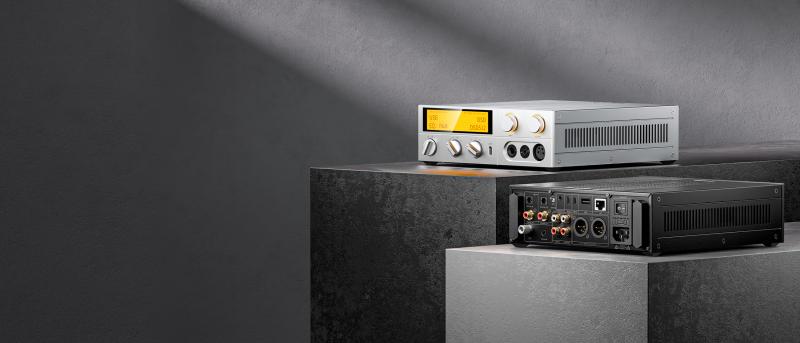
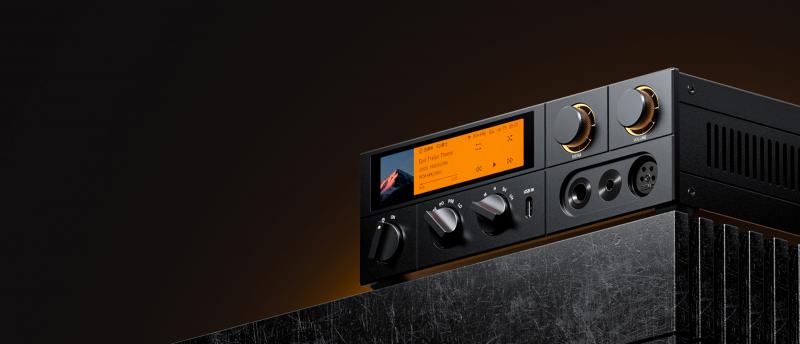
Exploring new frontiers Symphony of retro elegance and modern technology
This is the next generation desktop decoding headphone amplifier, aiming to be a unique and excellent performer. It is a symphony of retro elegance and cutting-edge technology, featuring a unique design and rich functionality all wrapped in a powerful package. The FIIO K17 is not only the upgraded successor to the K9 Pro, it is also an exploration of new possibilities for a high-end desktop DAC and headphone amplifier.
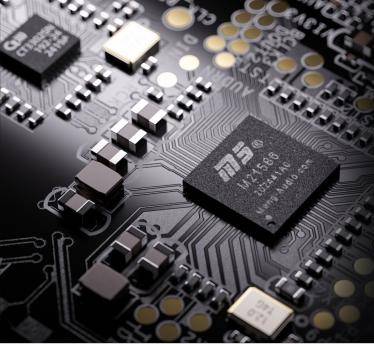
A mixing console for desktop HiFi
Specialty chips for specialty uses Exceptionally strong
The K17 features an M21586Q DSP chip which is capable of double- precision 64-bit floating-point calculations, and runs at a high 360MHz clock frequency. This chip is complemented by a high-performance ES9821Q ADC as well as a specially customized ultra-low phase noise femtosecond crystal oscillator. These three components allow the user, in all modes, to utilize the 31-band high-precision lossless PEQ. The PEQ is designed to ensure the audio signal is still of high fidelity even after being processed. The chip also allows for robust output protection functionality, ensuring that headphones and other connected audio equipment are fully protected.
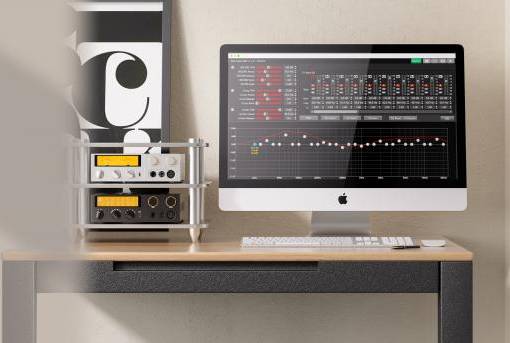
31-band high-precision lossless PEQ
DEL (Dual Engine Limiter) technology together with proprietary algorithms allows the K17’s PEQ to be capable of dynamic range compression(DRC)/ dynamic range expansion (DRE), limiter, and compressor adjustment functions. PCM 44.1k~96k signals can be processed in the PEQ without sample rate conversion. Fine adjustments of audio parameters are thus possible, allowing for adjustments such as a gain range of +12~-24dB and a Q value range of 0.4dB~128dB. The PEQ allows the user to simulate or correct the frequency response curve PEQ settings can be easily exported, imported, shared, and saved - making it easy for anybody to use the PEQ and correct or simulate various frequency response curves of different headphones.
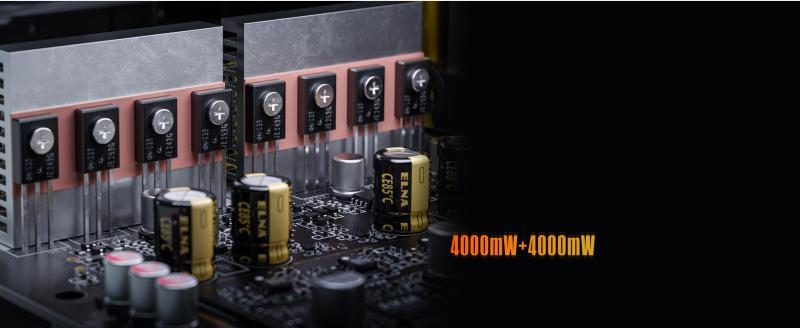
Discrete class AB transistor current amplification headphoneamplifier
Powerful output
An important part of the K17 is a carefully crafted fully discrete amplifier circuit for headphones. This discrete circuit is of an OP+ transistor current amplification design, equipped with the classic pair of ON Semiconductor MJE243/253 transistors. It is capable of producing high current with low output impedance. The result is up to 4000mW+4000mW output power in balanced mode, nearly double that of the K9 Pro ESS. This allows it to easily drive various kinds of headphones and IEMs and to produce smooth, pleasant, and natural sound.
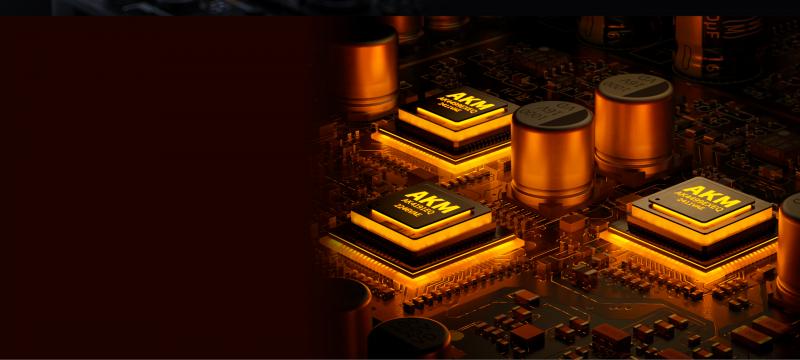
AKM flagship DAC AK4191+AK4499EX*2
In the K17 is the flagship AKM DAC chip combination - AK4191+AK4499EX*2. Two AK4499EX chips handle each channel. The 8-channel to 4-channel LPF design reduces common mode interference, resulting in better channel separation and dynamics. It also features a newly designed architecture with fully separated digital/analog portions, which also incorporates the newly developed “DWA ROUTING” technology for an even cleaner audio background and improved resolution.
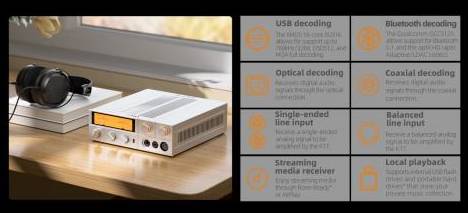
Eight operating modes
Fully balanced design
From the DAC, to the I/V conversion, to the low-pass filtering, and to headphone amp, the entire audio circuit is of a fully differential circuit architecture design. This ensures both high dynamic ranges of the signals as well as significantly reduced crosstalk. Various parts of the audio circuit, including the I/V conversion and LPF stages, use multiple low-noise precision operational amplifiers OPA1612 to ensure dynamic audio output.
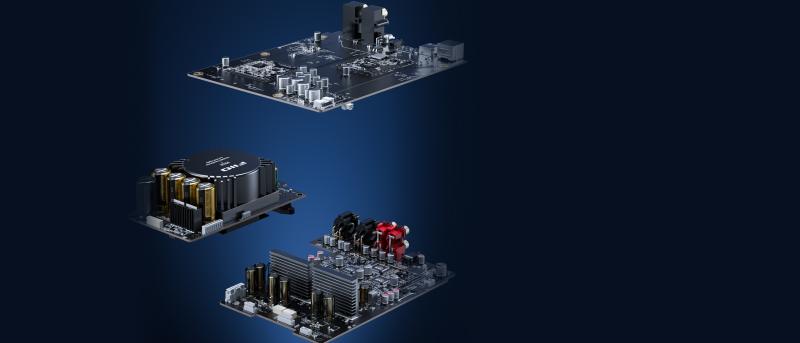
Physically separated boards
The various sections of the internal power supply, digital, and analog sections are all located on physically separated circuit boards to avoid interference between them. This ensures the accuracy and integrity of signal processing for purer, cleaner audio output.
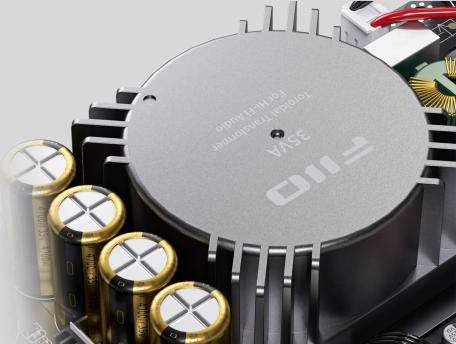
Precision power supply design
35W low-noise linear power supply Five large 4700μF electrolytic capacitors
Powering the K17 is a custom high-quality low-noise transformer, ensuring the purity of the power supplied. Additionally, five 4700μF electrolytic capacitors provide ample power reserves to ensure a steady supply of power.
Separate power supplies for analog and digital circuits
Multi-stage analog power supply
Separate power supplies for the digital and analog circuits effectively avoid crosstalk and interference between them.
The K17’s analog audio circuit is powered by a multi-stage power supply. Many of the stages have a dedicated power control circuit, including those for the digital-to-analog conversion, LPF, and transistor. Low-noise, high-power supply rejection ratio (PSRR) TPA7A47/7A33 LDO regulators also act as secondary voltage regulators to continuously provide stable and clean power.
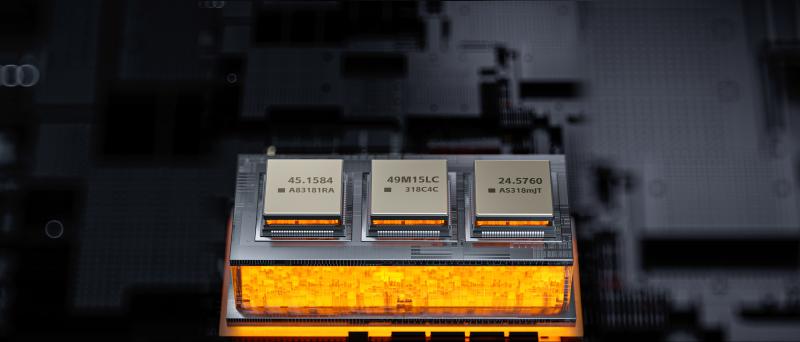
Precisely restored audio Every last detail audible
3 ACCUSILICON low phase noise femtosecond audio crystal oscillators
The K17 employs three industry-leading ACCUSILICON ultra-low phase noise femtosecond crystal oscillators, including the AS318-L (45.1584MHz, 49.1520MHz) and AS318-Pro (24.576MHz). These significantly reduce the impact of phase noise on audio signals, allowing audio signals of various sampling rates to be precisely and faithfully restored – resulting in purer and more consistent sound.
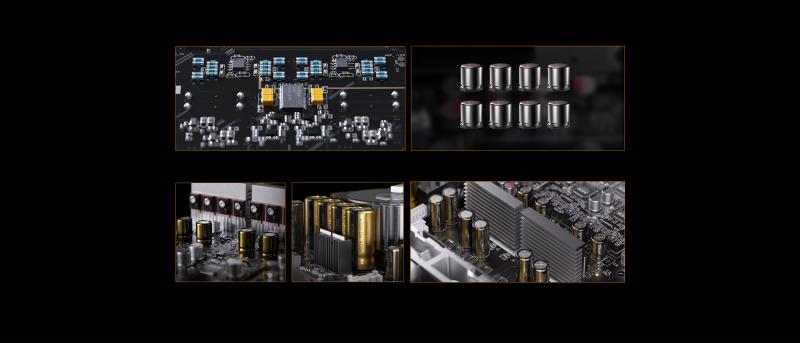
High-end parts All for great sound
8 Panasonic film capacitors + 32 wafer resistors
High-quality Beryl solid capacitors
4 ELNA MILIC II capacitors 4 Nichicon audio-specific capacitors 6 ELNA RA3 audio-specific capacitors
Low temperature drift and low noise mean consistent sound quality in both hot and cold temperatures.
High-quality sound, grand soundstage
Ultra-low ESR, strong anti-interference capabilities, stable and pure power supply
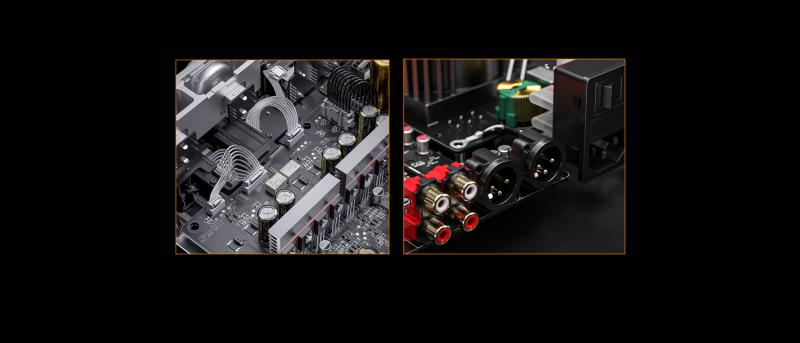
4 sets of silver-plated oxygen-free copper connecting cables
NEUTRIK gold-plated connectors
Audio signals transmitted between different internal boards are high-quality with minimal loss via the use of silver-plated oxygen-free copper wires.
Tulip-shaped connectors that are anti-oxidation and wear-resistant, allowing for precise and reliable connections.
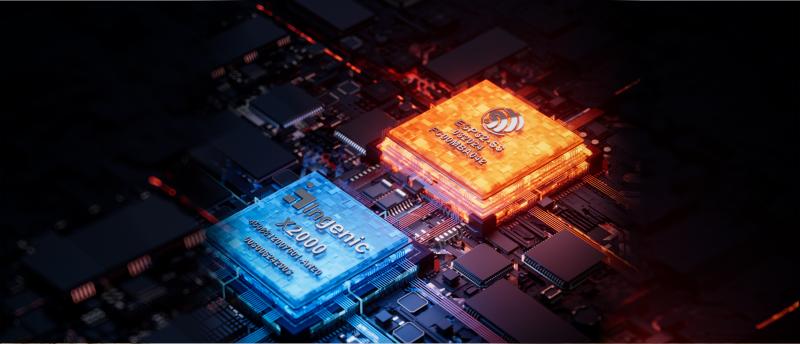
Dual-core design Smooth stable experience
High-performance X2000 multi-core processor: The processor features a unique design consisting of a main XBurst@2 CPU core with two logic CPUs plus an XBurst@ small core. This chip offers excellent computing power with low power consumption. The X200 ensures precise audio signal processing and stable, smooth audio playback. Low-power ESP32-S3 SoC: Within this chip is a high-performance Xtensa 32-bit LX7 dual-core processor capable of running up to 240MHz as well as an ultra-low power consumption co-processor. This SoC allows the K17 to provide a fast and smooth user experience.
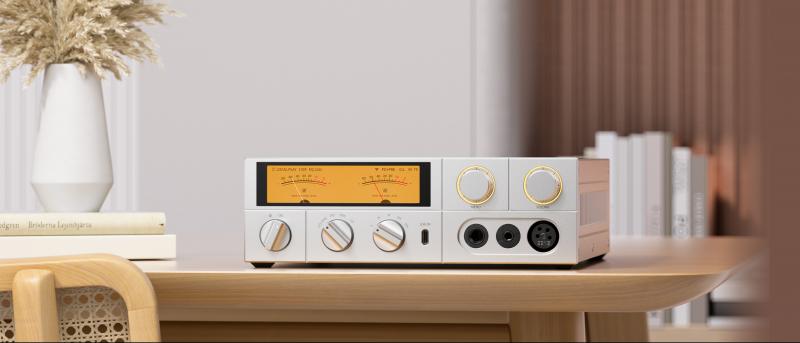
Square and circle A surprisingly synergistic combo
The design cleverly blends square and circle into a harmonious whole, combining retro elegance with a modern technological aura, for a refreshing experience. There is thoughtful consideration in both functionality and design: examples include the multiple knobs exist for easier control, and a grid structure for faster heat dissipation.
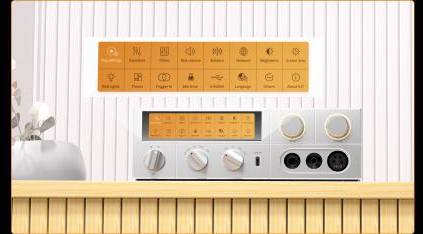
Touch controls
Easy to use Multiple control methods
The custom 3.93-inch LCD screen allows you to quickly adjust various settings and gain access to various functions through touch.
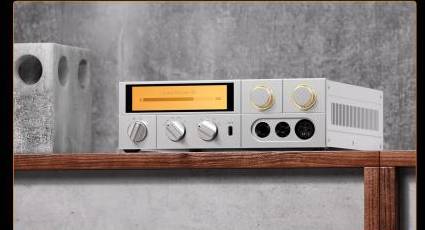
5 control knobs
Going into standby just takes one press. The knobs also allow you to quickly and easily adjust volume, gain output, and other settings.
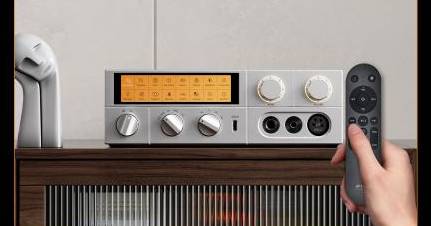
Included infrared remote control
A remote allows you to more conveniently switch between operating modes, pick between EQ settings, and adjust the volume from a comfortable distance.
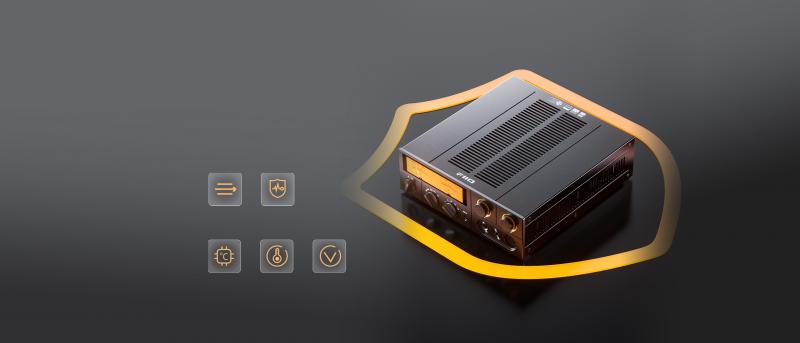
Listen without worry Multiple protection systems
Listen with peace of mind with various protection mechanisms that can intelligently detect abnormal conditions and perform automatic protection to avoid damage to the device, including headphone amp temperature protection, transformer temperature protection, output overload protection, output DC protection, and power input overcurrent protection.
Transformer temperature protection
Output overload protection
Output DC protection
Power input overcurrent protection
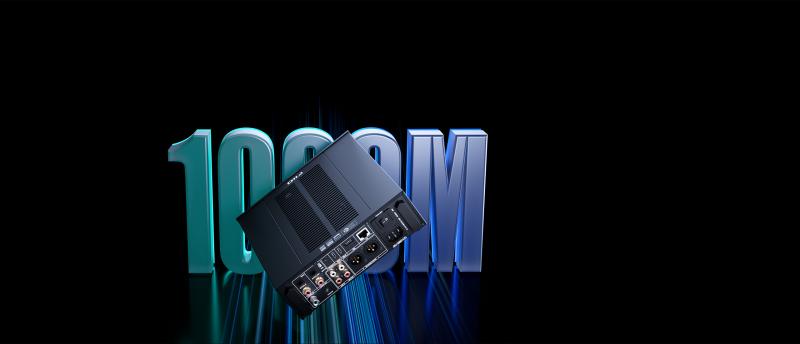
Wired or wireless Always online
The Ethernet port supports up to Gigabit speeds for fast and stable data transmission. The AP6256 Wi-Fi module supports 2.4G and 5G wireless networks as an alternative yet equally stable method of transmitting lossless audio.
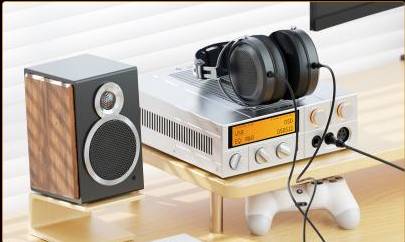
Many usage scenarios
Scenario 1:
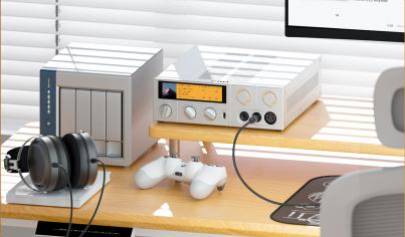
Scenario 2:
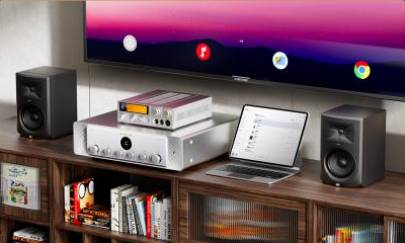
Scenario 3:
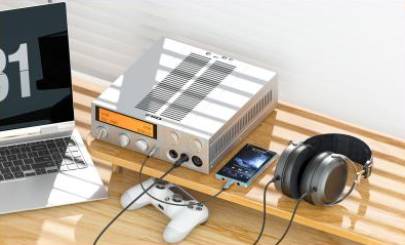
Scenario 4:
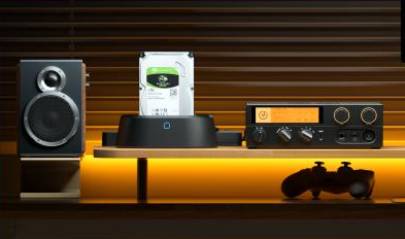
Scenario 5:
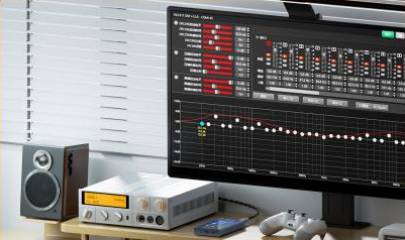
Scenario 6:
*The K17 is currently being certified to be Roon Ready. *Maximum current output of the USB-A port is 500mA, enough for USB flash drives. If you need to connect a portable hard drive, please connect a separate power supply for that drive.
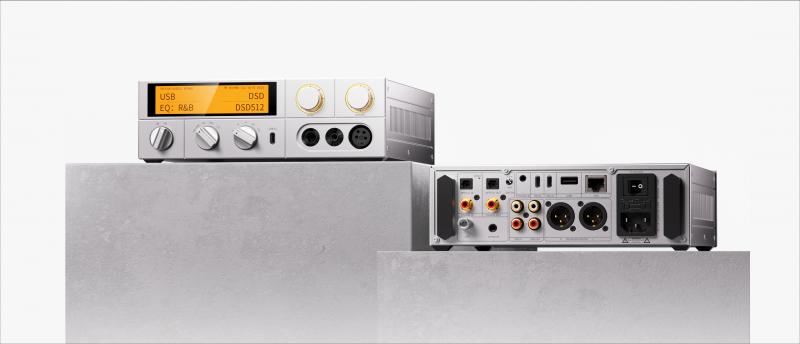
Buttons and ports labeled
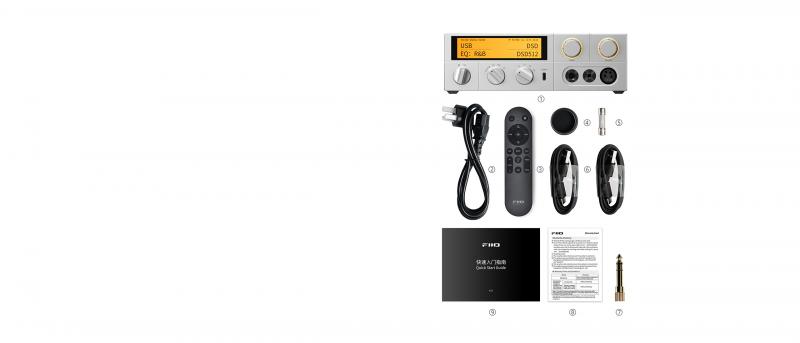
Packing list
①---------------------------------------------------K17*1
②----------------------------------------AC power cord*1
③---------------------------------------Remote control*1
④-------------------------------------- XLR4 plugcover*1
⑤-------------------------------------------- ---- Fuse*1
⑥---------------------------------------USB data cable*2
⑦--------------------------- Headphone plug adapter*1
⑧---------------------------------------- Warranty card*1
⑨-------------------------------------Quick start guide*1
| Features | |
|---|---|
| Name/Model | K17 |
| Hardware solution | SoC: X2000; MCU: ESP32-S3; DAC: AK4191EX+AK4499EQ*2; USB decoding: XU316; Bluetooth decoding: QCC5125; AMP: MJE243G/253G discrete transistor current amplification headphone amplifier |
| Working mode | USB DAC mode/Coaxial decoding mode/Optical decoding mode/Line in mode/Balanced in mode/Bluetooth receiving mode/Streaming media receiving mode/Local playback mode |
| Colors | Black/Silver |
| Weight | About 2750g |
| Dimensions | About 244.6x213x66.8mm |
| Volume control | Knob/Touch-on-display/Remote control |
| MQA | Supports MQA full decoding Driver-free mode (Switch mode) Supported |
| Gain | Ultra high gain mode/Super high gain mode/High gain/Medium gain/Low gain |
| Bluetooth receiving (5.1) | SBC/AAC/aptX/aptX LL/aptX HD/atpX Adaptive/LDAC |
| Display | 3.93-inch LCD (240*1020) bezel-less screen |
| Touch-on-display | Supported |
| PEQ | Supports global 31-band PEQ (No PEQ processing in digital output) |
| FIIO Control | Supports settings through the app |
| WiFi | Supports 2.4G/5G dual-band WiFi |
| Firmware upgrade | SOC firmware: Upgrade through the rear USB-A port MCU firmware: Upgrade through the rear RS232 port XMOS firmware: Upgrade through the front or rear USB-C port |
| Remote control | Supports IR remote control (only the one included in the accessory) |
| Knob indicator light | Supports customizing color, brightness, supports always-on indication or RGB pulsing |
| Max. supported sampling rate | USB decoding: Up to 768kHz/32bit; DSD512 (Native) Coaxial input decoding: Up to192kHz/24bit; DSD64 Optical input decoding: Up to96kHz/24bit EQ, volume Coaxial output: Up to192kHz/24bit; DSD64 Optical output: Up to192kHz/24bit Streaming decoding: Up to384kHz/32bit; DSD256 (DOP) Local playback: Up to384kHz/32bit; DSD256 |
| Screen status indication | Working mode, output mode Track format, sampling rate EQ, volume Network status, Bluetooth codec Gain, time |
| Adaptive impedance | PO: 8~150Ω BAL: 8~350Ω |
| Buttons and ports | |
| Knob | Power on/off knob*1+Analog output level knob*1+Gain level knob*1+Volume knob with button*1+Menu knob with button*1 |
| USB port | Type-C USB*3 (Data transmission port*2+RS232 DSP regulating port*1) USB-A*1 (Data transmission port) |
| Balanced headphone out | Standard 4.4mm port*1+XLR4 balanced plug*1 |
| Headphone out | Standard 3.5mm port |
| Digital optical input port | Optical plug |
| Digital coaxial input port | RCA plug |
| Digital optical output port | Optical plug |
| Digital coaxial output port | RCA plug |
| Balanced line output port | XLR3 balanced plug |
| Single-ended line output port | RCA plug |
| Balanced line input port | Standard 4.4mm port |
| Single-ended line input port | RCA plug |
| Slide switch | Ground selector switch |
| Housing grounding terminal | M4 banana plug (Can be directly connected to use) |
| Ethernet port | 1000Mbps |
| TRIGGER IN port | Standard 3.5mm port |
| Power Supply Parameters | |
| Power supply | AC 100-120V/220-240V~50/60Hz |
| Battery capacity | N/A |
| Audio Parameters (Ultra high gain mode) | |
| Output power 1 | L+R≥1800mW+1800mW (16Ω, THD+N<1%) |
| Output impedance | <1Ω (32Ω) |
| Output power 2 | L+R≥1850mW+1850mW (32Ω, THD+N<1%) |
| Crosstalk | ≥76dB (1kHz@32Ω) |
| Output power 3 | L+R≥240mW+240mW (300Ω, THD+N<1%) |
| THD+N | <0.0005% (1kHz/-12dB@32Ω) |
| Noise floor | <5μV (A-weighted) |
| SNR | ≥124dB (A-weighted) |
| Frequency response | 20Hz~20kHz: attenuation<0.05dB 20Hz~90kHz: attenuation<3dB |
| Peak output voltage | >24Vp-p |
| Audio Parameters (Super high gain mode) | |
| Output power 1 | L+R≥1800mW+1800mW (16Ω, THD+N<1%) |
| Output impedance | <1Ω (32Ω) |
| Output power 2 | L+R≥1000mW+1000mW (32Ω, THD+N<1%) |
| Crosstalk | ≥76dB (1kHz@32Ω) |
| Output power 3 | L+R≥120mW+120mW (300Ω, THD+N<1%) |
| THD+N | <0.00056% (1kHz/-9dB@32Ω) |
| Noise floor | <5μV (A-weighted) |
| SNR | ≥121dB (A-weighted) |
| Performance and parameters of single-ended line output (RCA out, USB DAC/Coaxial decoding/Optical decoding) | |
| THD+N | <0.00053% (1kHz/-10dB@10kΩ) |
| SNR | ≥121dB (A-weighted) |
| Crosstalk | ≥118dB (1kHz@10kΩ) |
| Noise floor | <2.2μV (A-weighted) |
| Frequency response | 20Hz~20kHz: attenuation<0.05dB 20Hz~90kHz: attenuation<3dB |
| Line output level | 2.5Vrms (1kHz@10kΩ) |
| Performance and parameters of balanced headphone output (4.4mm/XLR4 out, Coaxial decoding/Optical decoding, Ultra high gain mode) | |
| Output power 1 | L+R≥1800mW+1800mW (16Ω, THD+N<1%) |
| Output impedance | <1.5Ω (32Ω) |
| Output power 2 | L+R≥4000mW+4000mW (32Ω, THD+N<1%) |
| Crosstalk | ≥119dB (1kHz@32Ω) |
| Output power 3 | L+R≥950mW+950mW (300Ω, THD+N<1%) |
| THD+N | <0.00049% (1kHz/-13dB@32Ω) |
| Noise floor | <7.9μV (A-weighted) |
| SNR | ≥124dB (A-weighted) |
| Frequency response | 20Hz~20kHz: attenuation<0.05dB 20Hz~90kHz: attenuation<3dB |
| Peak output voltage | >48Vp-p |
| Performance and parameters of balanced headphone output (4.4mm/XLR4 out, Coaxial decoding/Optical decoding, Super high gain mode) | |
| Output power 1 | L+R≥1800mW+1800mW (16Ω, THD+N<1%) |
| Output impedance | <1.5Ω (32Ω) |
| Output power 2 | L+R≥3900mW+3900mW (32Ω, THD+N<1%) |
| Crosstalk | ≥119dB (1kHz@32Ω) |
| Output power 3 | L+R≥480mW+480mW (300Ω, THD+N<1%) |
| THD+N | <0.00054% (1kHz/-10dB@32Ω) |
| Noise floor | <7.9μV (A-weighted) |
| SNR | ≥123dB (A-weighted) |
| Frequency response | 20Hz~20kHz: attenuation<0.05dB 20Hz~90kHz: attenuation<3dB |
| Peak output voltage | >34Vp-p |
| Performance and parameters of balanced line output (XLR3, USB DAC/Coaxial decoding/Optical decoding) | |
| THD+N | <0.00045% (1kHz/-10dB@10kΩ) |
| SNR | ≥125dB (A-weighted) |
| Crosstalk | ≥121dB (1kHz@10kΩ) |
| Noise floor | <2.6μV (A-weighted) |
| Frequency response | 20Hz~20kHz: attenuation<0.05dB 20Hz~90kHz: attenuation<3dB |
| Line output level | 5Vrms (1kHz@10kΩ) |